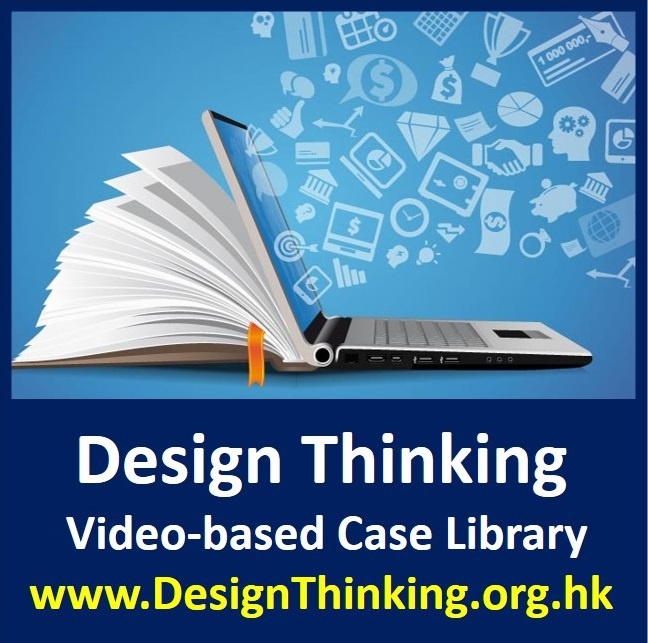Hong Kong’s premier course on Creating Wonderful User Experiences through Customer Journey Design was successfully conducted on March 28, 2024. Distinguished experts in the field facilitated the session: Mr. Jeroen van der Weide, Mr. Daryl Lim, and Mr. David Chung.

This course was centered on the intricate process of customer journey mapping and its pivotal role in defining, measuring, and enhancing user interactions with products and services. Participants engaged in a comprehensive learning experience that equipped them with the necessary skills to:
- Define Major Considerations for Customer Journey Mapping: The course began with an exploration of the foundational elements of customer journey mapping. Participants learned to outline key stages of the customer experience and recognize critical touchpoints that can influence consumer perception and engagement.
- Gain and Measure Insights through Journey Mapping: A significant portion of the course was dedicated to understanding how journey mapping can serve as a powerful tool for gaining deep insights into customer behaviors and preferences. Attendees were taught to capture and analyze data at various points along the journey to derive meaningful insights that can inform strategic decisions.
- Identify Tension Points to Evaluate Value for Reframing: One of the primary objectives was to identify and address tension points within the customer journey. Participants learned to spot areas where customers might experience frustration or dissatisfaction and how to reframe these challenges as opportunities for improvement and innovation.
To reinforce the theoretical components of the course, attendees were introduced to practical tools designed to facilitate the customer journey mapping process:
- Customer Journey Mapping Tool:
This tool enabled participants to visualize the customer’s journey, from initial awareness to post-purchase behaviors, providing a clear framework for organizing and interpreting customer interactions. - Insights Measurement Tool:
With this tool, the learners could quantify the insights gained from journey mapping, allowing them to measure the impact of different touchpoints and effectively prioritize areas for development.
By the conclusion of the course, participants had a robust understanding of how to design and implement comprehensive customer journey maps. Armed with this knowledge and the tools provided, they are now capable of creating user experiences that not only meet but exceed customer expectations, propelling their organizations toward a customer-centric future.










![[Class Recap] Empowering Your Creativity and Innovation Power](https://i0.wp.com/www.innoedge.com.hk/wp-content/uploads/2024/04/20240329_180728-scaled.jpg?resize=218%2C150&ssl=1)
![[Class Recap] Developing Sustainable Business Models through Systems Thinking](https://i0.wp.com/www.innoedge.com.hk/wp-content/uploads/2024/04/20240328_181754-scaled.jpg?resize=218%2C150&ssl=1)
![[Class Recap] Creating Wonderful User Experience through Customer Journey Design](https://i0.wp.com/www.innoedge.com.hk/wp-content/uploads/2024/04/20240328_131024-scaled.jpg?resize=218%2C150&ssl=1)











